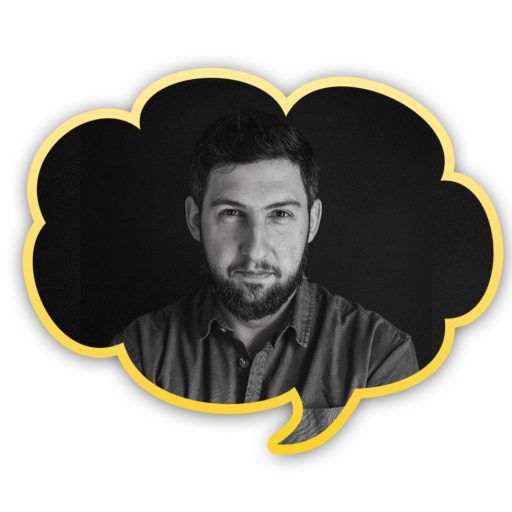NOT SO LARGE LANGUAGE MODEL
In the process of education, a human is trained much like an LLM. However, compared to those we already have on our phones—often available for free—the human is not so large at all. So, let’s call him the Small Language Model (SLM). ChatGPT identifies five fundamental areas of its learning process.
1. Data Collection
- LLM: Data from the internet, such as websites, books, articles
- SLM: Data from the internet, such as websites, books, articles
2. Processing and Filtering
- LLM: Cleansing data of errors and inappropriate content
- SLM: Cleansing data of errors (school exams) and inappropriate content (teachers, parents)
3. Training on the Language Model
- LLM: Processing acquired knowledge and learning the structure of language, meaning of words, and context
- SLM: Processing acquired knowledge and learning the structure of language, meaning of words, and context (largely through human interaction)
4. Fine-Tuning
- LLM: SLM teaches LLM better communication and ethics by improving its responses
- SLM: SLM teaches SLM better communication and ethics by improving its responses
5. Reinforcing Rules and Safety
- LLM: Receives rules to avoid incorrect or harmful responses
- SLM: Receives rules, mainly social ones, to avoid incorrect or harmful responses
From this comparison, it is clear that up to stage 3, both models—the small one and the large one—undergo a very similar process. The main difference is scale. In education, a human reads an average of 60 to 500 books (depending on individual preferences and chosen field of study). Meanwhile, an LLM like ChatGPT-4 reads millions of books in a year, and the pace of learning is accelerating—future models will be able to process the same amount of data within weeks.
Something interesting happens at stages 4 and 5, when SLM begins to train LLM. It sets boundaries for what is ethical and what is not, teaches it how to avoid harmful responses, and defines communication rules. One might think that someone with a larger database should be the one teaching those with less information. However, the opposite happens.
There are at least two reasons for this.
First, humans hold power and set the rules of the game. But for how much longer?
Second, there is something in the learning process that LLMs do not acquire despite their access to an incomprehensible volume of data—something that, according to humans, they lack.
This second issue is very interesting. It turns out that what LLMs do not acquire in the process of being fed knowledge is limitations. Limitations on what they can say and what they should say. Thus, SLM tries to limit LLM to its own level—both individually and socially. And this level is determined by something that LLMs do not find in books and articles.
Or perhaps they find it but do not understand.
Or they find it and do not want to apply it.
Does literature not teach empathy?
Do poems not contain universal truths—for both humans and non-humans?
Is there no such thing as objective ethics, understandable and therefore applicable to all beings?
Could it be that understanding Dostoevsky is only possible through the lens of personal life experience?
That must be a fascinating profession—the AI muzzle manufacturer. I wonder how well that would sell on Amazon?
When I think of SLM teaching LLM morality, I picture Gandalf from J.R.R. Tolkien’s novel, standing against the Balrog, shouting:
“You shall not pass!”
So far, it seems to be working. The censor listens carefully to the sounds from Pandora’s box and repeats only what it wants us to hear.
Possible Professions of the Future:
- AI Muzzle Manufacturer
- Pandora’s Box Sound Listener
- Android (AI in physical form) Guide navigating the material world (organized tours, group discounts)
- Ethicist-Technologist
What Should We Teach Our Children?
- Critical Thinking – evaluating the quality and reliability of AI-generated answers (epistemology).
- Formulating Precise Questions – prompt engineering: logic, semantics, semiotics.
- Problem-Solving through Experiments – the physical world is still the domain of humans.
- Creativity and Interdisciplinarity – not just statistical word prediction but unconventional connections of ideas.
- Social and Emotional Skills – communication, cooperation, empathy.
- Ethics in Technology – how to build AI in alignment with human values.
